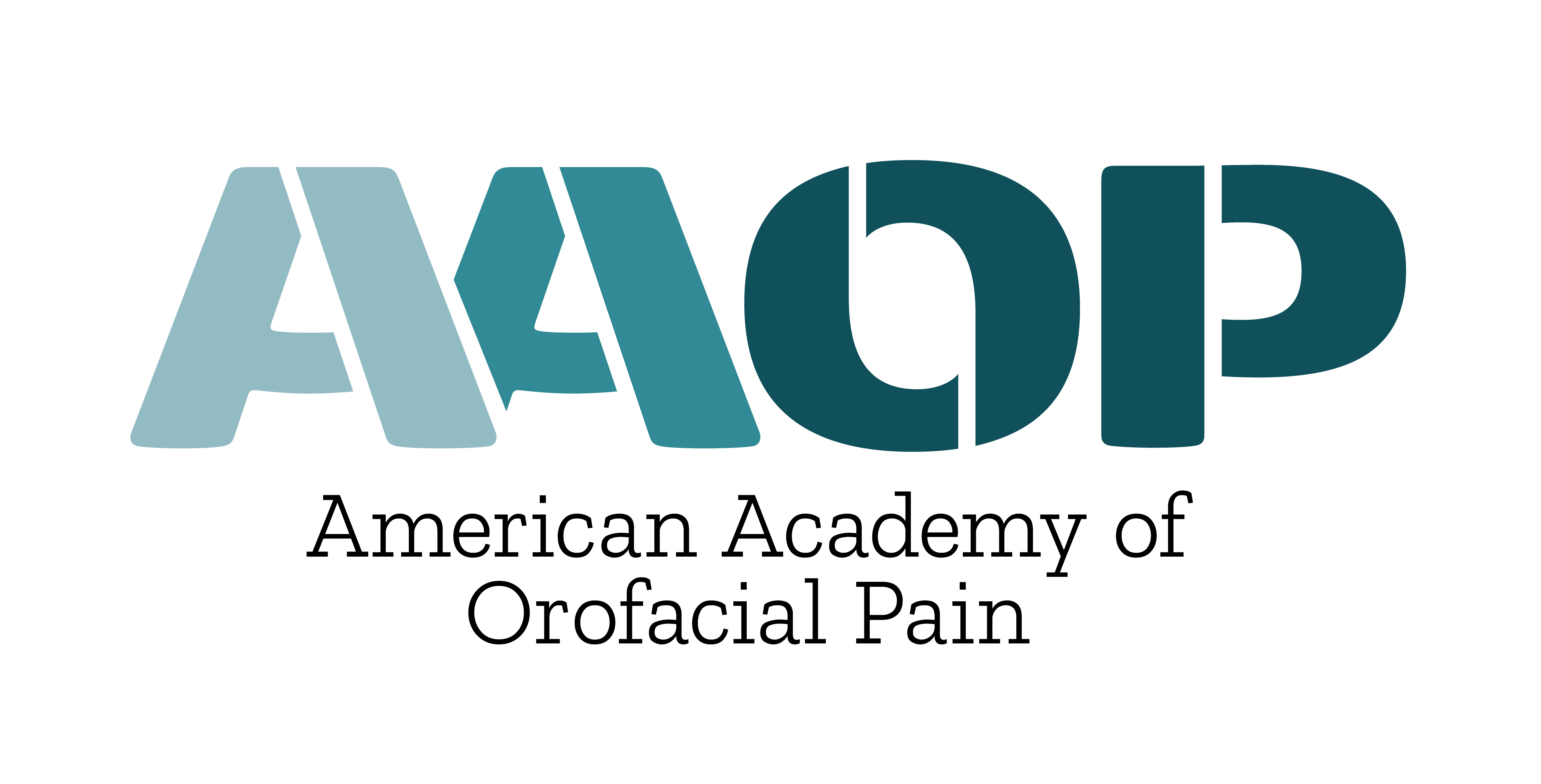Harry Von Piekartz is a Professor at the University of Applied Science in Osnabruck (Germany) and is study director of the Master of Science in Musculoskeletal Therapy. He is senior IMTA Teacher of the International Maitland Teacher Association (IMTA) and founder of Cranial Facial Therapy Academy(www.crafta.org ) .He successfully completed his Master of Science degree in Physiotherapy at the University of Leuven (Belgium). His thesis was on „The Neurodynamic Testing of the Mandibular Nerve: Reliability and reference-data“( https://www.kuleuven.be/kuleuven/). In 2005 he received his PhD in Rehabilitation science on the Staffordshire University(UK)(https://www.staffs.ac.uk ). His thesis was “neuromusculoskeletal function in pediatric headache”. He directs several musculoskeletal research projects and works part-time in his specialized clinic in Ootmarsum, The Netherlands (www.harryvonpiekartz.com ). He published 4 Books in 3 languages and more than 90 peer-reviewed articles in the field of physical therapy, pain (https://www.researchgate.net/profile/Harry_Piekartz2) and is specialized in neuromusculoskeletal assessment and treatment of head-neck face impairments and pain.
Over the last two decades the classification and definition of bruxism has adapted and changed because of the complexity and minimal evidence regarding the mechanism behind bruxism (Lavigne et al 2008 ). Nowadays, it is described as repetitive masticatory muscle activity characterized by clenching or grinding of the teeth and/or by bracing or thrusting of the mandible and specified as either sleep bruxism or awake bruxism (Lobbezoo et al 2018). In 2013 an international consensus of dentistry experts (International Network for Orofacial Pain and Related Disorders Methodology (INfORM) of the International Association Dental Research (IADR)) met and a grading system was proposed. Sleep and awake Bruxism, also, became more clearly defined and an international standardized Tool for the Assessment of Bruxism (STAB) was proposed (Manfredini et al 2020). At present, there is little evidence about whether Physical Therapy is indicated for bruxism and the associated symptoms. In this lecture current outcome studies from a systematic review will be presented followed by assessments, and possible interventions such as; manual therapy , exercises, cognitive strategies and Bruxism Neuroscience Education (BNE). At the end an ongoing case control study will be presented. References Lavigne, G. J., Khoury, S., Abe, S., Yamaguchi, T., & Raphael, K. (\Bruxism physiology and pathology: an overview for clinicians. Journal of oral rehabilitation, 2008,35(7), 476-494. Lobbezoo F, Ahlberg J, Glaros AG, et al. Bruxism defined and graded: an international consensus. J Oral Rehabil. 2013;40:2-4 Manfredini, D., Ahlberg, J., Aarab, G., Bracci, A., Durham, J., Ettlin, D., … & Lobbezoo, F. Towards a Standardized Tool for the Assessment of Bruxism (STAB)—Overview and general remarks of a multidimensional bruxism evaluation system. Journal of oral rehabilitation, 2020,47(5), 549-556.



Leave A Comment